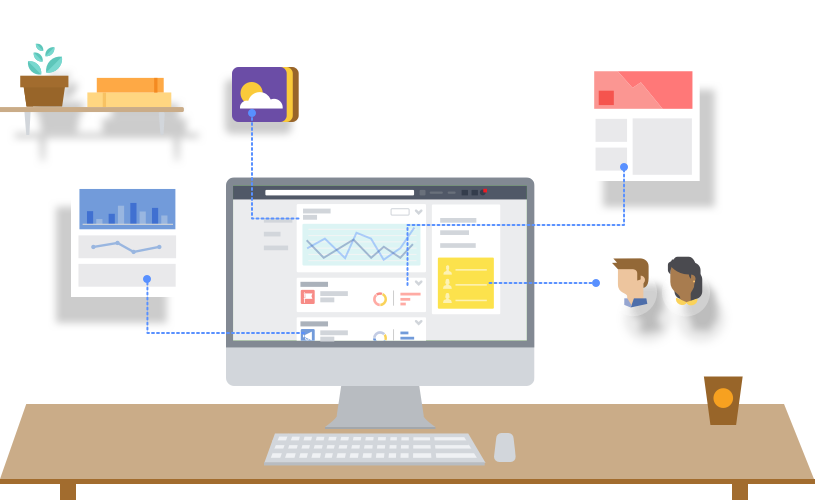 If you want to see what’s behind the new social media marketing opportunity, want to know Facebook’s Dynamic Display Ads differ from other formats, or you just want to find out how to use them, continue reading.
If you want to see what’s behind the new social media marketing opportunity, want to know Facebook’s Dynamic Display Ads differ from other formats, or you just want to find out how to use them, continue reading.
Launched mid of last year, there are meanwhile countless different display ad formats available on countless platforms, and the frequency with which Facebook’s competitors like Google and Twitter are presenting innovations in this area apparently seems to increase, too.
But let’s get granular on Facebook’s Dynamic Display Ads now, which greatly improve the retargeting of the social media giant. In the following, we put the formats to a brief check.
What exactly are Facebook Dynamic Display Ads?
Dynamic Product Ads is a solution to help you promote your entire product catalog on Facebook. Dynamic Product Ads works best for eCommerce and retailers with high web traffic and large inventory looking to re-engage their shoppers and drive conversions online.
The procedure is a classic retargeting approach: Visitors to a website will be marked and the products that they viewed as well, so that when they visit Facebook, they can be addressed directly with dynamic ads. The difference from the previous Facebook retargeting option, called Exchange, is that now individual products, not just individual pages, can be advertised. In addition, the new Dynamic Display Ads are device-independent, therefore making Facebook Exchange more or less obsolete. Another advantage of the Dynamic Display Ads are the audience features that allow you to specify exactly which target groups should get your ads.
How to integrate the new Facebook Ads?
What you need to implement is an appropriate data feed that links your ads to the corresponding product. In principle, it is even possible to use the feed that you might use for other retargeting offers, but it is highly recommended to check that before going live. Of course, an update (e.g. of new products or when a product is sold out) should possibly be automated and performed in real-time. And whoever uses the popular Facebook Power Editor must have of course a Facebook business account.
What’s the difference to other advertising opportunities?
The difference can be vast. If we take, for instance, the popular Google Product Listing Ads, we are dealing indeed as well with user-specific product ads here, but they are not played by retargeting, rather the user is actively searching for a term that is related to the product. Facebook Dynamic Product Ads automatically promote relevant products from your entire catalog across any device.
Here is the short step-by-step guide how to get started with Dynamic Product Ads:
1. Create a product catalog and upload the list of products you would like to advertise on Facebook using a Facebook Business Manager account.
2. Place the Custom Audience pixel on your website (or app events if you have an app) and modify it to report when product IDs from your catalog are being viewed, added to cart, and purchased.
3. Create a dynamic products ad template that is automatically filled with the right products in Power Editor or with the help of a Facebook Marketing Partner. Give your ads a title and use keywords to pull in images, product names, prices, and more dynamically from your product catalog. You can choose to show a single product or multiple products at once using the carousel ad format. Dynamic Product Ads work on Facebook Newsfeed and the Right Hand Column. With one dynamic ads template you can deliver ads on any device - mobile, tablets, and desktop.
4. Run Dynamic Product Ads, specially formatted for your shoppers according to the products they browse with keywords, images, and more pulled directly from your product catalog. Dynamic Product Ads keep up to date with your business so you only show products that are in stock and at the latest price. And when a purchase is made on your site, product ads are automatically turned off, across devices, so you'll never bother your shoppers with products they've already purchased.
By Daniela La Marca


